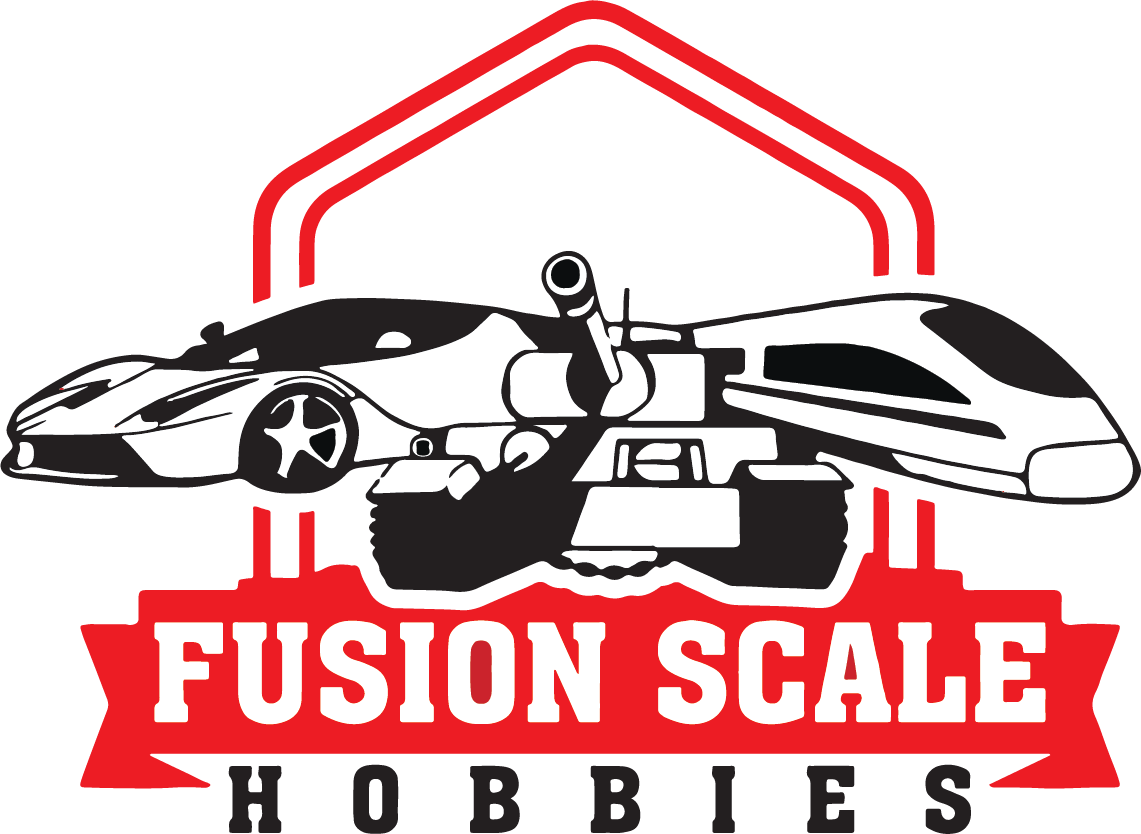

Athearn Genesis HO Scale F89-F 89'8" Flat w/Trailer TTX/Brown #153322
 Athearn Genesis HO Scale F89-F 89'8" Flat w/Trailer TTX/Brown #153322
Athearn Genesis HO Scale F89-F 89'8" Flat w/Trailer TTX/Brown #153322
$72.05
$68.96
/

Your payment information is processed securely. We do not store credit card details nor have access to your credit card information.
F89-F89’8” TOFC FLAT MODEL FEATURES:
- Raised and lowered hitches included
- Die-cast underframe
- Wire formed brake plumbing
- Detailed deck
- 70-Ton roller bearing trucks with animated rotating bearing caps installed
- Separately applied brake ratchet, wire grab irons and ladders
- Machined metal wheels with RP25 contours
- Body-mounted McHenry® operating scale knuckle couplers
- Weighted for optimum performance
- Use for dedicated intermodal trains or mixed freight
- Decorated models fully-assembled and ready to run out of the box
- Highly-detailed, injection-molded body
- Minimum radius: 22”—Recommended radius: 24”+
PROTOTYPE HISTORY:
Introduced in the early 1960s, the Trailer Train (now TTX Company) F89F flatcar has been a mainstay of contemporary railroading. A product of Bethlehem Steel Company’s (BSC) Johnstown, PA plant, over 9,000 of these (89’ 8” over the strikers) cars were built throughout the 1960s. Visually distinctive from other long flatcars of their era thanks to their “C” channel side sills, these versatile cars were adapted for many types of service and loadings over the years, ranging from Trailer-On-Flatcar (TOFC), to autoracks, to structural steel loading. While the majority went to Trailer Train, many were built for various railroads, typically for autorack service. Many were “de-racked” in later years, being reassigned and equipped for other service - TOFC, vehicle loading, pipe service, etc.
It wasn’t unusual for these cars to see several different loading configurations throughout their careers, to meet the changing needs of shippers. In service with Trailer Train, the three or four-letter reporting marks indicated the cars’ intended service and corresponding equipment. For example, an “XTTX” car was equipped with four collapsible hitches, capable of carrying various combinations of 28’, 40’, or 45’ trailers. A car in the “RTTX” configuration featured a pair of fixed hitches at the ends, and a retractable hitch amidships, allowing it to carry a pair of long (up to 45’) trailers back-to-back, or three 28’ “pup” trailers.
This Athearn Genesis model was designed from the start to incorporate as many prototype details and variations as possible, based upon field measurements and builder diagrams, to appeal to modelers of multiple eras. Many new hitches, body variants, and other separate details were created, allowing us to accurately offer these cars in their different configurations over the years, from four-hitch “XTTX” cars to the distinctive drawbar-connected “TTEX” Triple-57 “Long Runner” bulge-deck conversions introduced in 1987. And you can rest assured of its smooth performance, thanks to a heavy die-cast frame for reliable tracking, and our famed Genesis 70-ton ASF Ride-Control trucks with spinning bearing cap details, and .110” tread metal wheels.
Operationally, these cars are appropriate for any layout set from the 1960s to the present day. In TOFC service, F89Fs could be found mixed into manifest trains, or as part of dedicated TOFC trains. It also wasn’t uncommon to find them mixed into stack trains, alongside such cars as Gunderson Maxi-Is or Maxi-IIIs, which are also available from Athearn. The new F89F also goes great with Athearn’s extensive line of 40’, 45’, and 53’ trailers, not to mention our various 20’, 40’, 45’, 48’, and 53’ containers mounted on chassis, all of which are available in many different paint schemes to appeal to modelers of all eras.
45FT FRUEHAUF Z-VAN TRAILER MODEL FEATURES:
- Separately applied mud flaps
- Rubber tires
- Highly-detailed, injection-molded body
- Painted and printed for realistic decoration
PROTOTYPE HISTORY:
In the 1970s and 1980s, Fruehauf Corporation was one of the more prolific builders of semi-trailers that were designed specifically for intermodal service. Trailer equipment that was designed to be carried on flatcars as part of rail operations usually carried the letter “Z” as the last letter of the reporting mark; hence Fruehauf’s designation of “Z-Van”. Such equipment was built to higher durability standards than normal trailers, as it had to withstand the rigors of both road and rail travel.
The Z-van was originally available in a 40’ length; 45’ was offered later. Many of the 40’ trailers were subsequently extended to 45’. Refrigeration equipment was available, as well as different landing gear and door rod configurations. Construction began with the ribbed-side versions, then proceeded to beaded-side construction, with the smooth side version representing the most modern construction method.
With three distinct body styles, the Athearn model makes a realistic addition to road or rail scenes from the 1970s to the 2000s.










